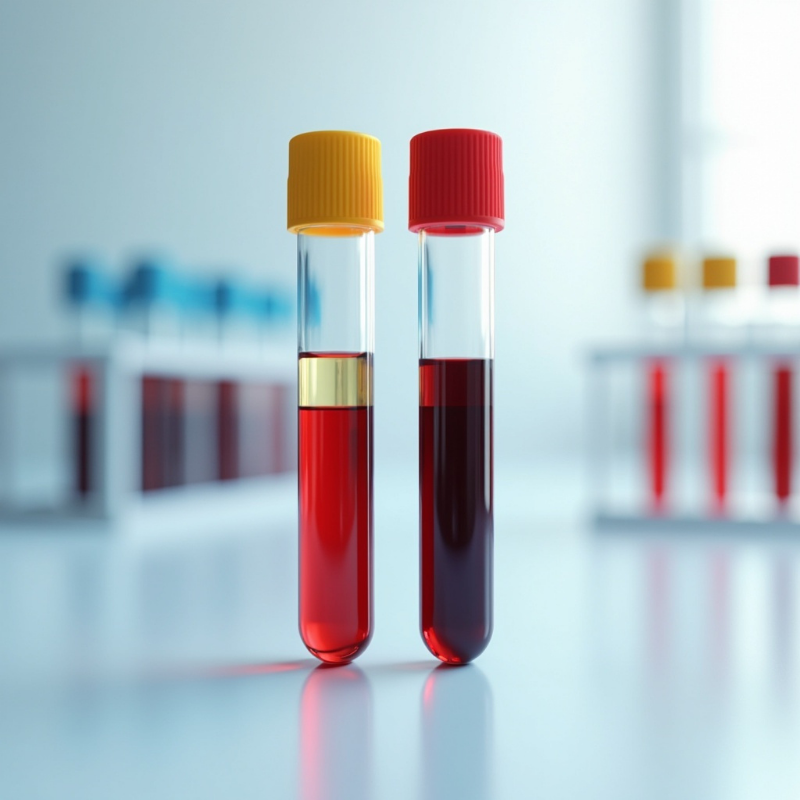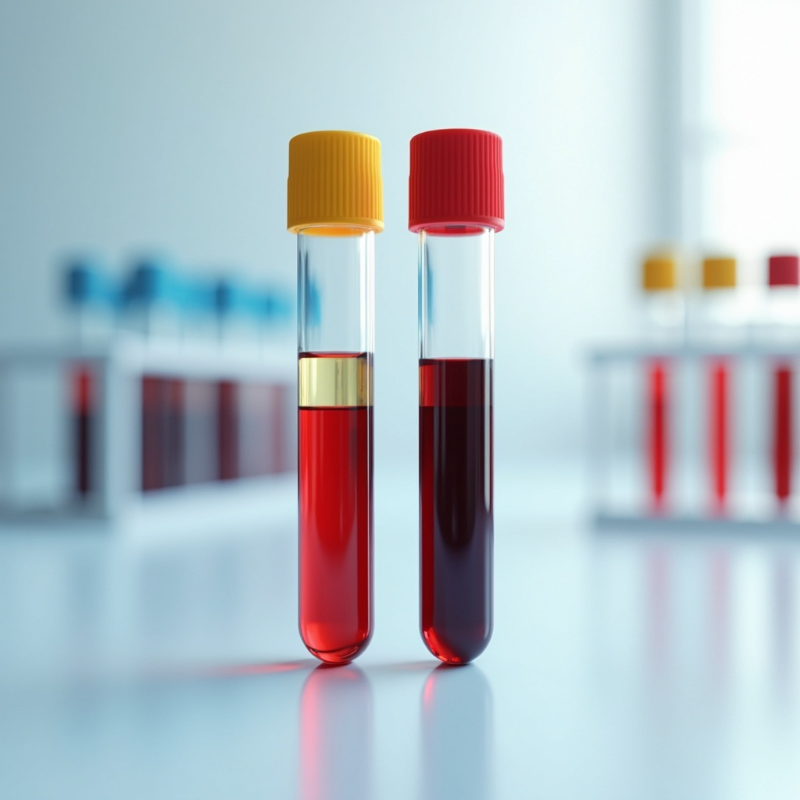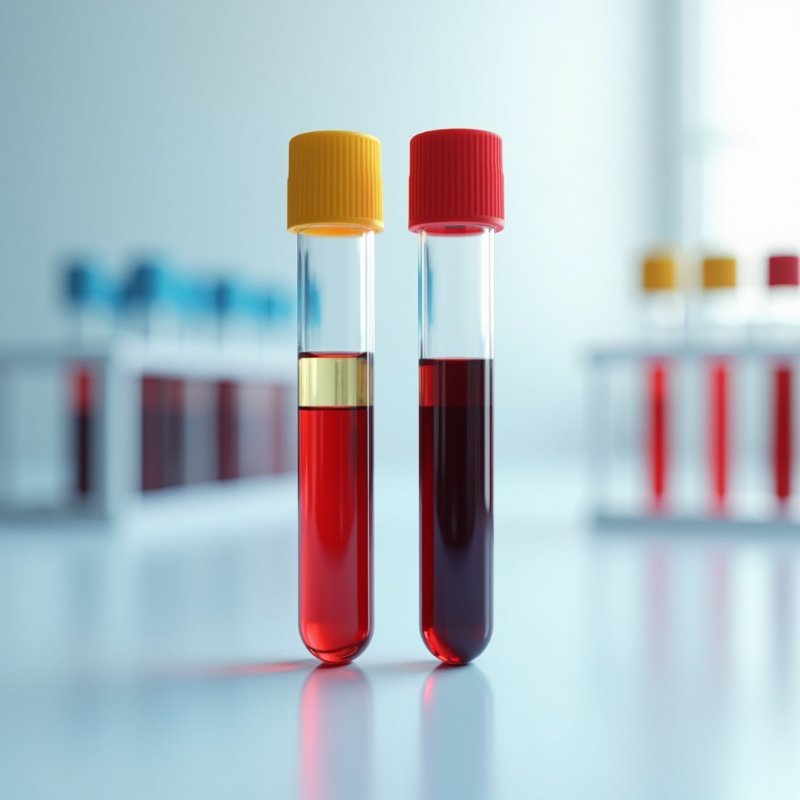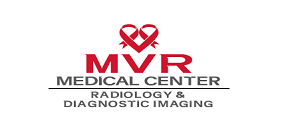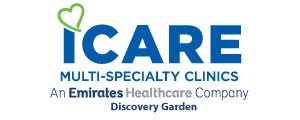
Description
"In today’s world, understanding and maintaining your sexual health is not just smart—it’s empowering. Whether you’re experiencing symptoms, have had a recent exposure, or simply want peace of mind, the STD Comprehensive Profile (28 Tests) offers the most complete and advanced screening available.Designed to go far beyond standard testing, this all-in-one panel screens for 28 pathogens—including the most common, emerging, and difficult-to-detect causes of sexually transmitted infections. This profile covers bacterial, viral, fungal, and parasitic organisms using cutting-edge molecular diagnostic techniques, ensuring fast, reliable, and early detection—even in asymptomatic cases.Neisseria gonorrhoeae – Causes gonorrhea, a common STI affecting the genital, rectal, and throat areas.
Chlamydia trachomatis – A leading cause of silent infections that can lead to infertility and chronic pelvic pain.
Mycoplasma hominis – Can cause urogenital infections and complications in pregnancy.
Mycoplasma genitalium – A rising STI often linked to persistent urethritis and cervicitis.
Ureaplasma parvum & Ureaplasma urealyticum – Opportunistic bacteria that may contribute to infertility and inflammation.
Trichomonas vaginalis – A parasitic STI that increases the risk of other infections and causes discomfort.
Viral STIs
Herpes Simplex Virus Type 1 & 2 (HSV-1 & HSV-2) – Cause oral and genital herpes, often asymptomatic but highly contagious.
Varicella Zoster Virus – The virus behind chickenpox and shingles, which can be transmitted through sexual contact in rare cases
Cytomegalovirus (CMV) – A common virus that can cause serious complications in immunocompromised individuals.
Lymphogranuloma venereum (LGV) – A rare but aggressive form of chlamydial infection causing painful lymph node swelling.
Fungal Infections (Candida Species)
Candida albicans – Responsible for most yeast infections.
Candida dubliniensis, glabrata, krusei, lusitaniae, parapsilosis, tropicalis – Other strains of yeast that may cause recurrent or resistant fungal infections.
Bacterial Vaginosis & Vaginal Microbiota Imbalance
Gardnerella vaginalis (Quantitative) – The main organism associated with bacterial vaginosis.
Atopobium vaginae (Quantitative) – A key marker of vaginal microbiome disruption.
Bacterial vaginosis-associated bacteria 2 (BVAB2) – Indicator of bacterial vaginosis.
Bacteroides fragilis – An anaerobic bacterium that may signal infection or imbalance.
You May Also like
Why choose us

Speed
On-time reporting with the best TAT in the industry.
Quality
Accredited centers: DHA, MOH, HAAD, CAP, ISO, JCI.
Accessibility
Extensive partner network & convenient home collection.
Satisfaction
35,000+ Satisfied Customers & 12+ Years of Trusted Service.

